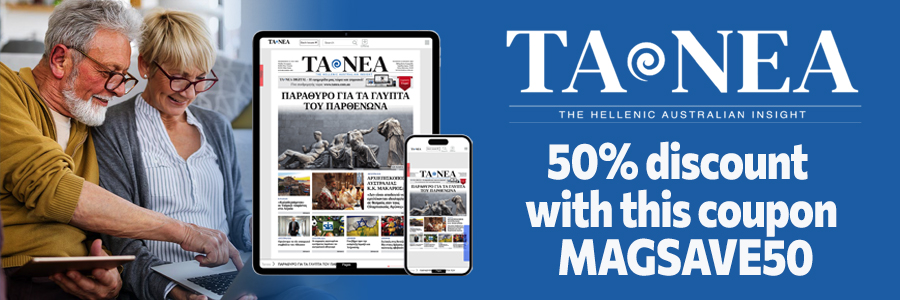As the cost of living continues to rise, more Australians are turning to “side hustles” — small, independent income streams — to supplement their wages and manage day-to-day expenses.
According to new research from Westpac, 55 per cent of Australians are either already earning extra money through a side hustle or seriously considering starting one within the next year.
The survey found 27 per cent are currently engaged in side work or running a micro-business, while another 28 per cent are planning to join the growing “side hustle economy” in the next 12 months.
Westpac’s National General Manager for Small Business, Anthony Mathews, said the trend is reshaping Australia’s workforce:
“The side hustle economy is now firmly redefining how people work and earn. It’s not just a big-city trend — Australians in regional areas are just as entrepreneurial.”
Who’s driving the trend?
The main motivation is clear: 77 per cent of participants said they were motivated by the need for extra income, with the figure rising to 83 per cent among women and regional Australians.
Younger workers are particularly active. Those aged 18 to 34 average almost two separate side hustles, showing how younger generations are diversifying income sources amid inflation and job insecurity.
The most common activities include online retail and e-commerce (30%), creative services such as content creation and design (20%), and gig economy jobs like ridesharing or food delivery (18%).
Queensland leads the country in participation, with 34 per cent of adults currently earning extra money outside their main job. Victoria follows at 28 per cent, and New South Wales and the ACT sit at 23 per cent.
Earning potential and ambitions
While most side hustlers make under $500 per month, one in five earns over $1000, and the national average income is about $736 monthly, or roughly $8800 a year.
Still, 62 per cent said they prefer to keep their projects small-scale, while 30 per cent hope to turn their ventures into part-time or full-time businesses.
Mathews warned against underestimating these ventures:
“We’ve seen many successful companies that began as side hustles. Great Australian businesses often start with one person solving a simple problem.”
Most rely on informal support, such as advice from friends (36%), social media groups (34%), or YouTube tutorials (31%), while few turn to government or financial institutions for professional help.
Mathews added that better access to financial education and clearer separation of personal and business accounts would help small operators thrive.
“There’s a clear opportunity to support Australia’s side hustle economy with education and resources that help people scale safely and sustainably,” he said.












